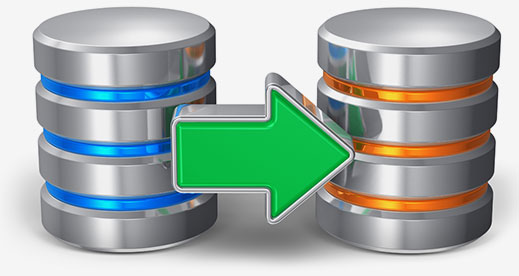Important Features Your Data Replication Solution Should Have
When scaling up operations on your network, you may eventually need to get a program to replicate databases in real time. While you may already do periodic backups and synchronization of data on your servers, these real-time replicating software helps you speed up and automate the process.
However, with many different vendors offering these programs, the question of which one you should choose will definitely come to mind. Here’s a quick overview of the important features you should watch out for:
High Speed, Top-Notch Performance
Of course, the first consideration when choosing real-time database replication software is the speed at which it can create copies. After all, there’s no use buying an additional program for your network when it can’t do the tasks you want it to do more efficiently.
Some stats you should check are the following:
- Transaction rate – The number of small transactions versus larger ones.
- Percentage of transaction log necessary for creating a copy – While this can result in better accuracy, software that require a bigger portion of the record will need more time to create a duplicate.
- The number of database objects that need to be tracked – Like the percentage of the transaction log, more database objects that need to be tracked may mean a longer processing time for creating a duplicate.
- The data types that can be replicated or necessary for creating duplicates – This is to avoid compatibility issues.
These stats can help you judge which program is faster and can match your needs better.
Minimized Resource Consumption
Speed is one thing, but if a data replication program achieves top speed while running your CPU to the ground, then it’s not the best solution out there either. It’s important to find a program that doesn’t gobble up your server’s and network’s resources, allowing other applications on the network to work smoothly as well.
To learn if a data replication solution meets these requirements, you can start by asking how it creates duplicates of the database. For example, some solutions automatically compress transactions and yet don’t store transaction files automatically to save storage and resources. Then you can also compare two different replication programs to see how many resources they consume when operating at top speed.
Quick Setup, Minimum Maintenance
Of course, the implementation of something as crucial as an enterprise data replication solution will take some time. But that also doesn’t mean suspending operations for a month to install one. There are some data replication programs out in the market that work out of the box, with only minor customizations to be made for them to work. Make sure to compare the average setup time for different programs.
The same goes for maintenance. While it’s unrealistic to expect that your chosen data replication system won’t have any maintenance periods, you should also go for one that makes any periodic maintenance easy. Some replication software offer easy-to-use GUIs to make maintenance as painless as possible.
As these examples show, simply getting the first data replication software you come across isn’t always the best course of action. To get the right program for your network’s needs, make sure to compare their different features and read the fine print.















